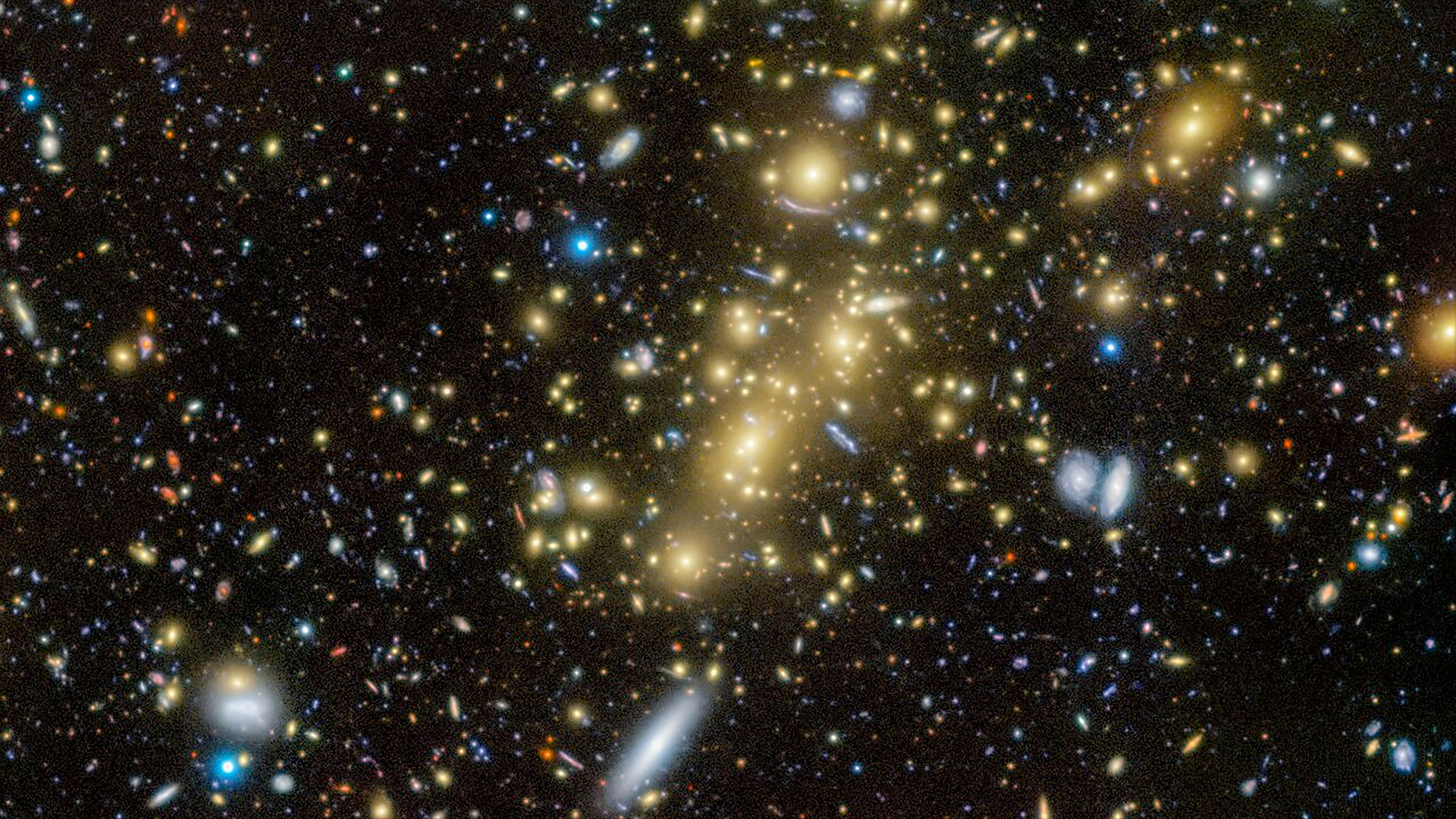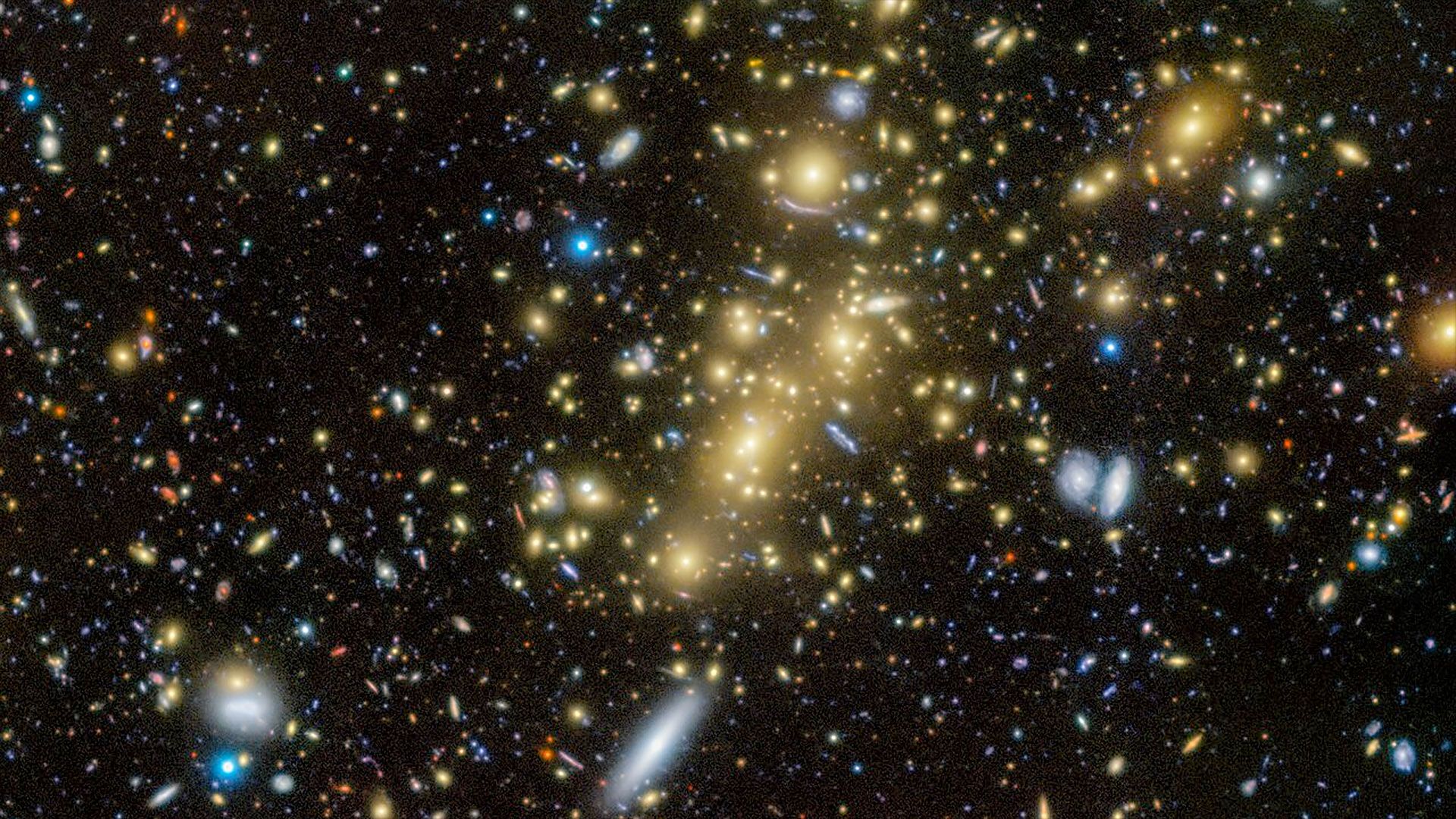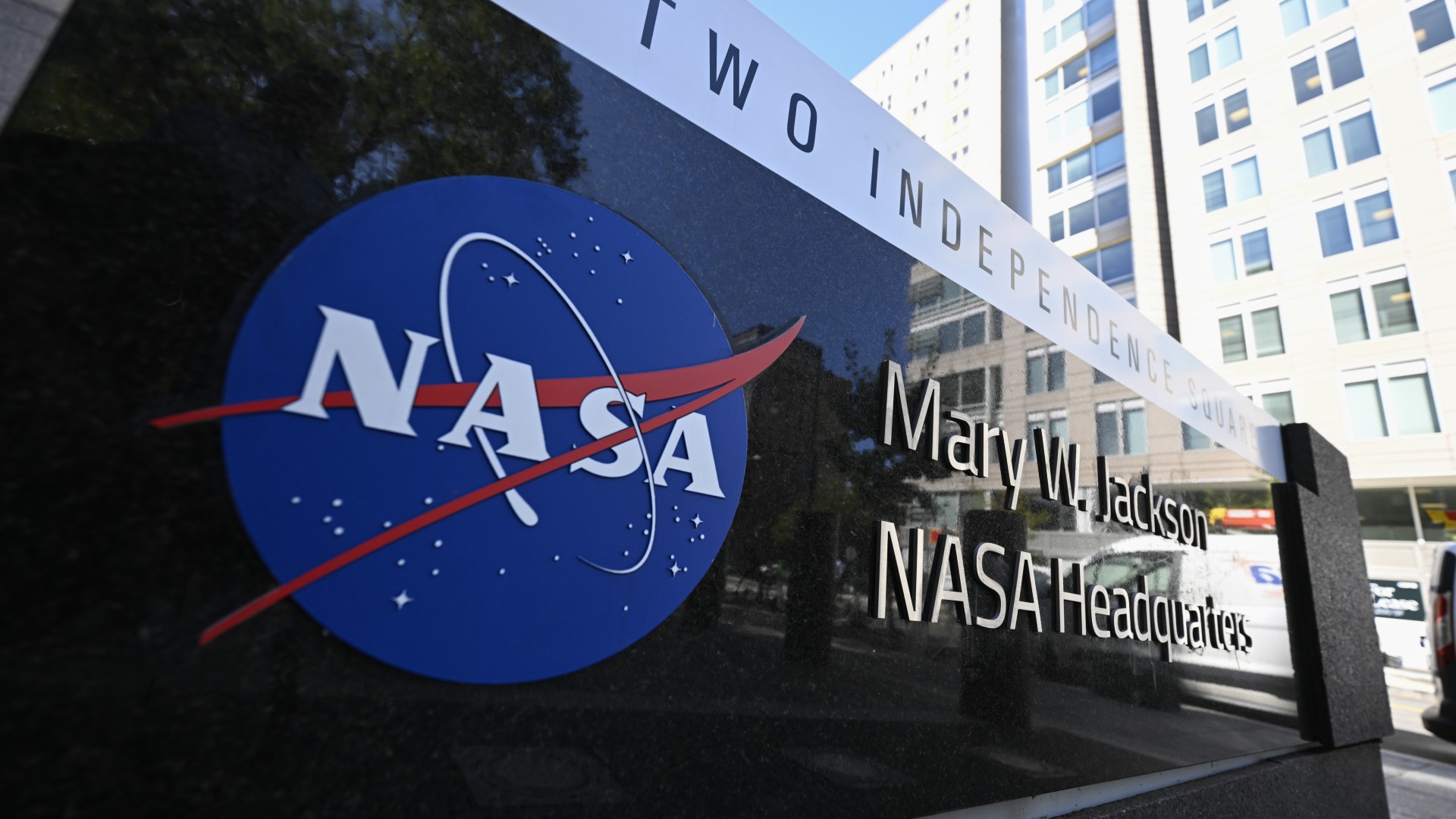Now Reading: Gaze at a cluster of glowing galaxies | Space photo of the day for May 2, 2025
-
01
Gaze at a cluster of glowing galaxies | Space photo of the day for May 2, 2025
Gaze at a cluster of glowing galaxies | Space photo of the day for May 2, 2025


Galaxy cluster Abell 1489, as imaged by the International Gemini Observatory, contains more than 200 of the gravitationally-bound systems of stars, stellar remnants, interstellar gas and dust.
What is it?
Galaxy clusters, like the one pictured here, Abell 1489, are immense neighborhoods of galaxies that are gravitationally bound together.
Astronomers classify galaxy clusters in several different ways. This cluster uses the Abell classification scheme, which sorts the formations by their richness — the number of galaxies they contain — and their distance from us. Abell 1489 is a Group 4 cluster, meaning it has between 200 and 299 galaxies. Abell 1489 is one of the richer galaxies in the catalogue.
Where is it?
Abell 1489 appears fainter in most telescopes than other galaxy clusters, indicating that the structure is immensely distant from Earth.
The Gemini North Observatory is located on Mauna Kea in Hawaii, at an elevation of about 13,800 feet (4,200 meters) above sea level. It is situated near the summit of the dormant volcano.
Why is it amazing?
Galaxy clusters are used by astronomers to understand the universe’s dark matter distribution, structure and overall evolution.
This abundance of Abell 1489 is of particular importance. The mass of all of these galaxies together makes this cluster behave as a “magnifying glass” to view light sources that are even farther away. The effects of gravitational lensing are visible as arcs of light, such as seen in the upper middle section of this image.
Want to know more?
You can read more about galaxy clusters and how they are used to better understand dark matter distribution. You can also read about monster galaxy superclusters.
Stay Informed With the Latest & Most Important News
Previous Post
Next Post
-
 012024 in Review: Highlights from NASA in Silicon Valley
012024 in Review: Highlights from NASA in Silicon Valley -
 02Panasonic Leica Summilux DG 15mm f/1.7 ASPH review
02Panasonic Leica Summilux DG 15mm f/1.7 ASPH review -
 03From Polymerization-Enabled Folding and Assembly to Chemical Evolution: Key Processes for Emergence of Functional Polymers in the Origin of Life
03From Polymerization-Enabled Folding and Assembly to Chemical Evolution: Key Processes for Emergence of Functional Polymers in the Origin of Life -
 04How New NASA, India Earth Satellite NISAR Will See Earth
04How New NASA, India Earth Satellite NISAR Will See Earth -
 05And Thus Begins A New Year For Life On Earth
05And Thus Begins A New Year For Life On Earth -
 06Astronomy Activation Ambassadors: A New Era
06Astronomy Activation Ambassadors: A New Era -
07SpaceX launch surge helps set new global launch record in 2024




















